How the Head Start layoffs could make childcare less affordable and safe for all families
President Trump’s repeated blows to Head Start over the last 10 weeks have been a source of growing consternation for childcare providers and advocates across the country. As a federal program that covers childcare for low-income families, Head Start enables many providers to serve communities that struggle to afford the steep cost of early childhood education. First, there was Trump’s proposed freeze on federal grants and loans, which was not intended to impact Head Start funding but left many childcare centers in the lurch. Some providers reported not being able to access their funding, forcing a number of them to close temporarily. Others worried that their funding could still disappear without warning at any point. ‘An attack on childcare’ The funding freeze proposal was rescinded not long after—but childcare providers were right to suspect that Head Start would remain a target. Last week, the Trump administration entirely shut down five of the 12 regional Head Start offices and laid off countless administrators at the Department of Health and Human Services who oversee both Head Start and the Child Care and Development Fund (CCDF), another key source of federal funding for childcare. The move has left many childcare providers with no avenue to get answers for their questions about grants or approval for critical updates to their facilities. “From my perspective, what is happening is an attack on childcare and early education under the veil of efficiency,” says Stephanie Schmit, the director of child care and early education at the Center for Law and Social Policy. “We are seeing just mass chaos and confusion and worry and uncertainty as a result.” Beyond the immediate impact, however, the widespread layoffs could destabilize an already precarious industry and effectively compromise childcare access for all kinds of families. The childcare industry is chronically underfunded, between the high labor costs and a lack of adequate federal investment. But the latest swipes at Head Start come after pandemic relief funding—which helped prop up the industry for a few years—was depleted, leaving providers particularly strapped for resources. ‘Death by a thousand cuts’ The attacks on Head Start are not exactly unprecedented. In fact, Project 2025 Project 2025 explicitly called for eliminating the program altogether, and during his first term, Trump pushed for budget cuts to Head Start and similar federal programs that subsidize childcare, like the Child Care and Development Block Grant (CCDBG). “It’s important to keep in mind that this was in Project 2025, and it’s been a goal of the conservative movement for a long time,” says Whitney Pesek, the senior director of federal childcare policy at the National Women’s Law Center. “It’s death by a thousand cuts. It’s not like they’re wiping it all out in one day, but they’re tearing it apart bit by bit.” Head Start, which dates back to the 1960s and was initially conceived of as a program to help fight poverty, has long been a lifeline for low-income families, offering not just childcare assistance but also ancillary social services. For providers, the program has also been a dependable source of funding that allows them to offer childcare services to families who wouldn’t otherwise be able to afford it. “The grants are five years, and it’s reliable, especially if you have a full Head Start center,” Schmit says. “So I think many programs have come to rely on the stability of Head Start—and that’s a good thing.” A domino effect on daycare But it’s not just the providers and families eligible for Head Start who will feel the effects of the current upheaval. Childcare advocates and experts warn that many more families could lose access to high quality care if the layoffs undermine the crucial oversight ensured by federal and regional staffers, who help enforce safety standards across the industry and support childcare centers that rely heavily on federal grants. The funding secured by programs like CCDBG, for example, is distributed to states to subsidize care for certain families—but also to improve overall quality of care. Head Start programs may feel the greatest impact, but plenty of other childcare providers keep their centers afloat through a patchwork of subsidies and other sources of federal funding, coupled with families that pay entirely out of pocket. If there are fewer childcare grants available to providers, they might be forced to increase costs for all families and stop accepting as many low-income children. “This is just going to make it more difficult for families to find care,” Pesek says. “It’s going to make it more expensive, and it’s going to make it less safe.” The people who staff regional Head Start offices, in particular, are responsible for managing day to day challenges at childcare centers and offering technical assistance to providers. Those offices are also tasked with expanding supply and access t
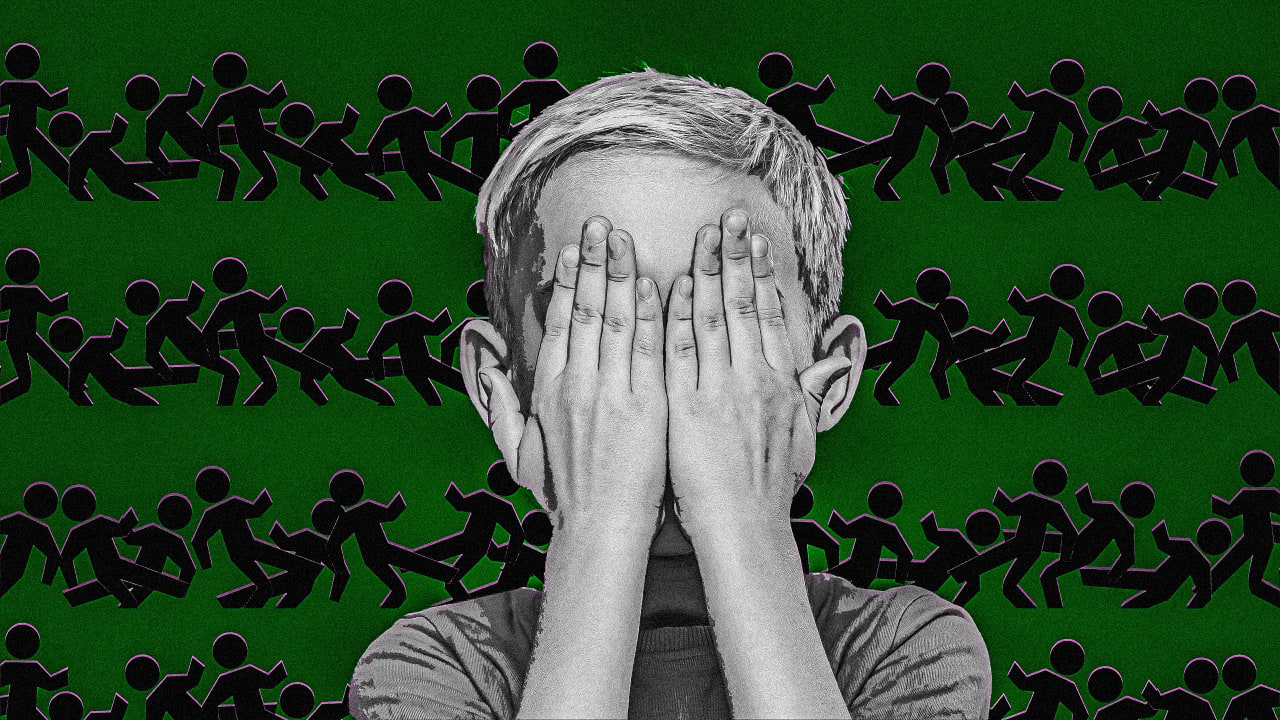
President Trump’s repeated blows to Head Start over the last 10 weeks have been a source of growing consternation for childcare providers and advocates across the country. As a federal program that covers childcare for low-income families, Head Start enables many providers to serve communities that struggle to afford the steep cost of early childhood education.
First, there was Trump’s proposed freeze on federal grants and loans, which was not intended to impact Head Start funding but left many childcare centers in the lurch. Some providers reported not being able to access their funding, forcing a number of them to close temporarily. Others worried that their funding could still disappear without warning at any point.
‘An attack on childcare’
The funding freeze proposal was rescinded not long after—but childcare providers were right to suspect that Head Start would remain a target. Last week, the Trump administration entirely shut down five of the 12 regional Head Start offices and laid off countless administrators at the Department of Health and Human Services who oversee both Head Start and the Child Care and Development Fund (CCDF), another key source of federal funding for childcare.
The move has left many childcare providers with no avenue to get answers for their questions about grants or approval for critical updates to their facilities. “From my perspective, what is happening is an attack on childcare and early education under the veil of efficiency,” says Stephanie Schmit, the director of child care and early education at the Center for Law and Social Policy. “We are seeing just mass chaos and confusion and worry and uncertainty as a result.”
Beyond the immediate impact, however, the widespread layoffs could destabilize an already precarious industry and effectively compromise childcare access for all kinds of families. The childcare industry is chronically underfunded, between the high labor costs and a lack of adequate federal investment. But the latest swipes at Head Start come after pandemic relief funding—which helped prop up the industry for a few years—was depleted, leaving providers particularly strapped for resources.
‘Death by a thousand cuts’
The attacks on Head Start are not exactly unprecedented. In fact, Project 2025 Project 2025 explicitly called for eliminating the program altogether, and during his first term, Trump pushed for budget cuts to Head Start and similar federal programs that subsidize childcare, like the Child Care and Development Block Grant (CCDBG).
“It’s important to keep in mind that this was in Project 2025, and it’s been a goal of the conservative movement for a long time,” says Whitney Pesek, the senior director of federal childcare policy at the National Women’s Law Center. “It’s death by a thousand cuts. It’s not like they’re wiping it all out in one day, but they’re tearing it apart bit by bit.”
Head Start, which dates back to the 1960s and was initially conceived of as a program to help fight poverty, has long been a lifeline for low-income families, offering not just childcare assistance but also ancillary social services. For providers, the program has also been a dependable source of funding that allows them to offer childcare services to families who wouldn’t otherwise be able to afford it. “The grants are five years, and it’s reliable, especially if you have a full Head Start center,” Schmit says. “So I think many programs have come to rely on the stability of Head Start—and that’s a good thing.”
A domino effect on daycare
But it’s not just the providers and families eligible for Head Start who will feel the effects of the current upheaval. Childcare advocates and experts warn that many more families could lose access to high quality care if the layoffs undermine the crucial oversight ensured by federal and regional staffers, who help enforce safety standards across the industry and support childcare centers that rely heavily on federal grants. The funding secured by programs like CCDBG, for example, is distributed to states to subsidize care for certain families—but also to improve overall quality of care.
Head Start programs may feel the greatest impact, but plenty of other childcare providers keep their centers afloat through a patchwork of subsidies and other sources of federal funding, coupled with families that pay entirely out of pocket. If there are fewer childcare grants available to providers, they might be forced to increase costs for all families and stop accepting as many low-income children. “This is just going to make it more difficult for families to find care,” Pesek says. “It’s going to make it more expensive, and it’s going to make it less safe.”
The people who staff regional Head Start offices, in particular, are responsible for managing day to day challenges at childcare centers and offering technical assistance to providers. Those offices are also tasked with expanding supply and access to childcare, and they are often uniquely equipped to address issues faced by families and providers in those regions. “Since they are so specialized in their regions, they really have relationships with these grantees and know their communities,” Pesek says. “To lose that expertise and institutional knowledge—it’s just going to be such a loss.”
Preparing for an uncertain future
Advocates worry that these changes could be a precursor for more pointed budget cuts and funding gaps for childcare assistance programs, but also that the lack of institutional support could further fracture an industry that already struggles to retain staff and pay fair wages. Reliable access to care ensures that parents and families are able to work, but the childcare industry itself is also a major employer. For years, advocates have tried to raise the wage floor for childcare workers—a tall order when the cost of care is already out of reach for so many families.
“The cost of care is already lower than what it actually costs to provide the high quality care that we really want families to have access to—and that’s because the way childcare is designed in this country is that care can only be as expensive as people can afford,” Schmit says. “That’s why public investment in child care is so critical, and why the threats as a result of the layoffs and other actions will have such a significant impact on the childcare sector.”
For childcare providers who are already battling financial strain and regulatory hurdles on a daily basis, the fresh challenges they are facing under the Trump administration could push them out of the industry altogether. “A lot of them do [this work] because they get so much joy from caring for children,” Schmit says. “But you could see how a situation like this would cause providers to really question whether this instability is something that they can stick through.”




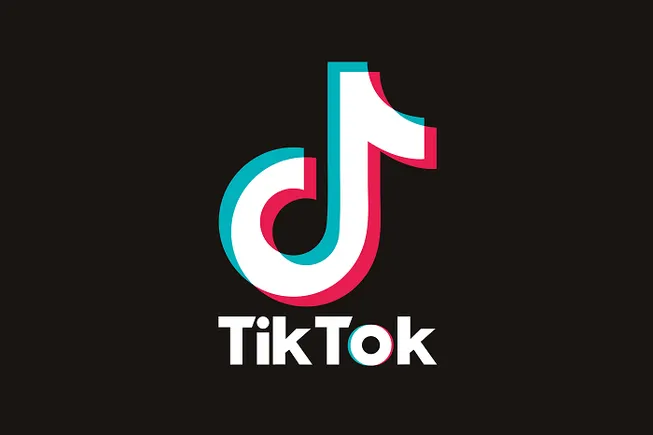
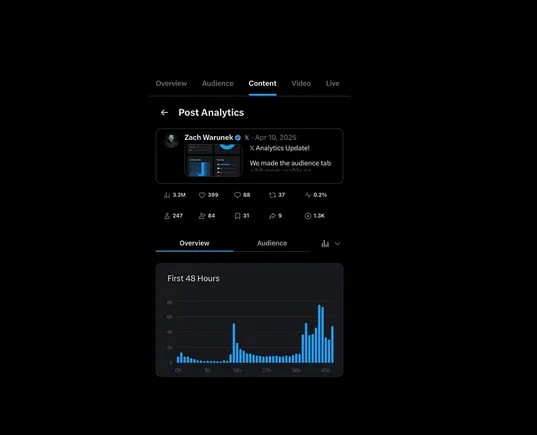























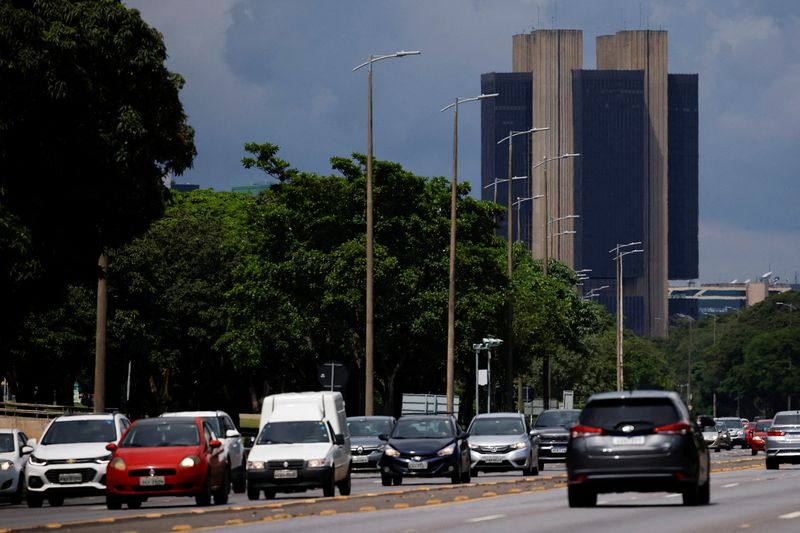






























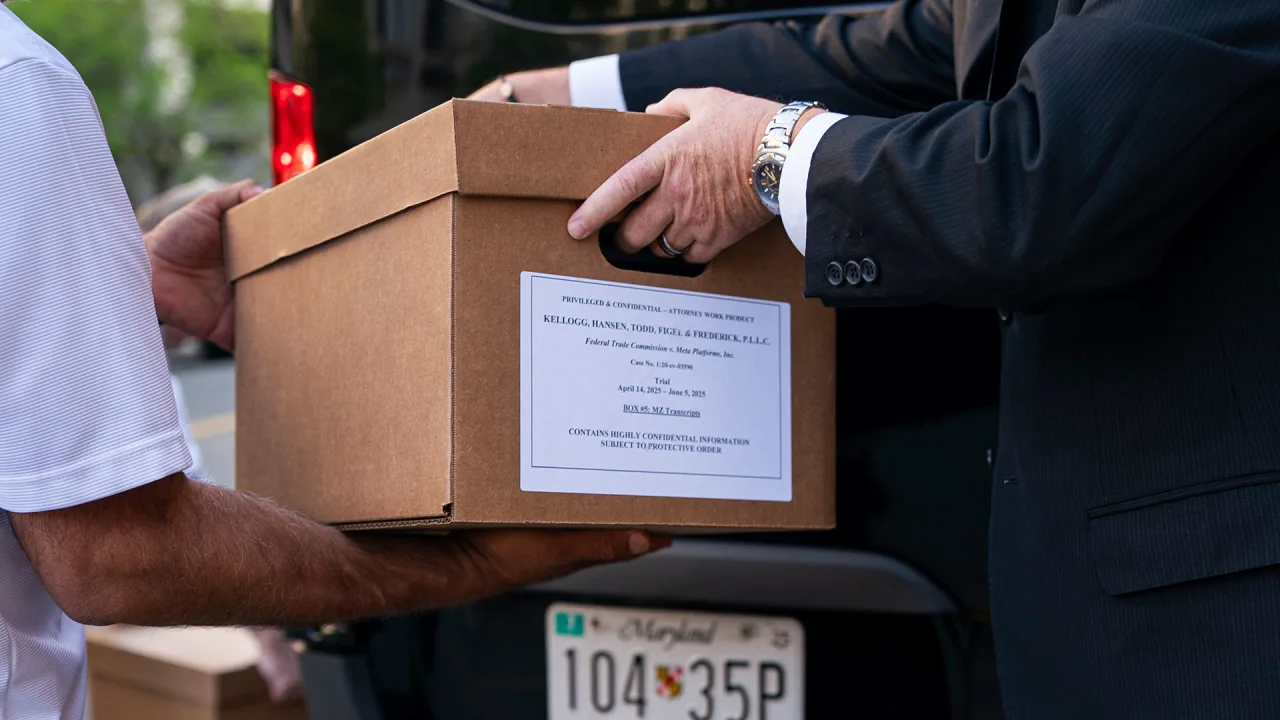
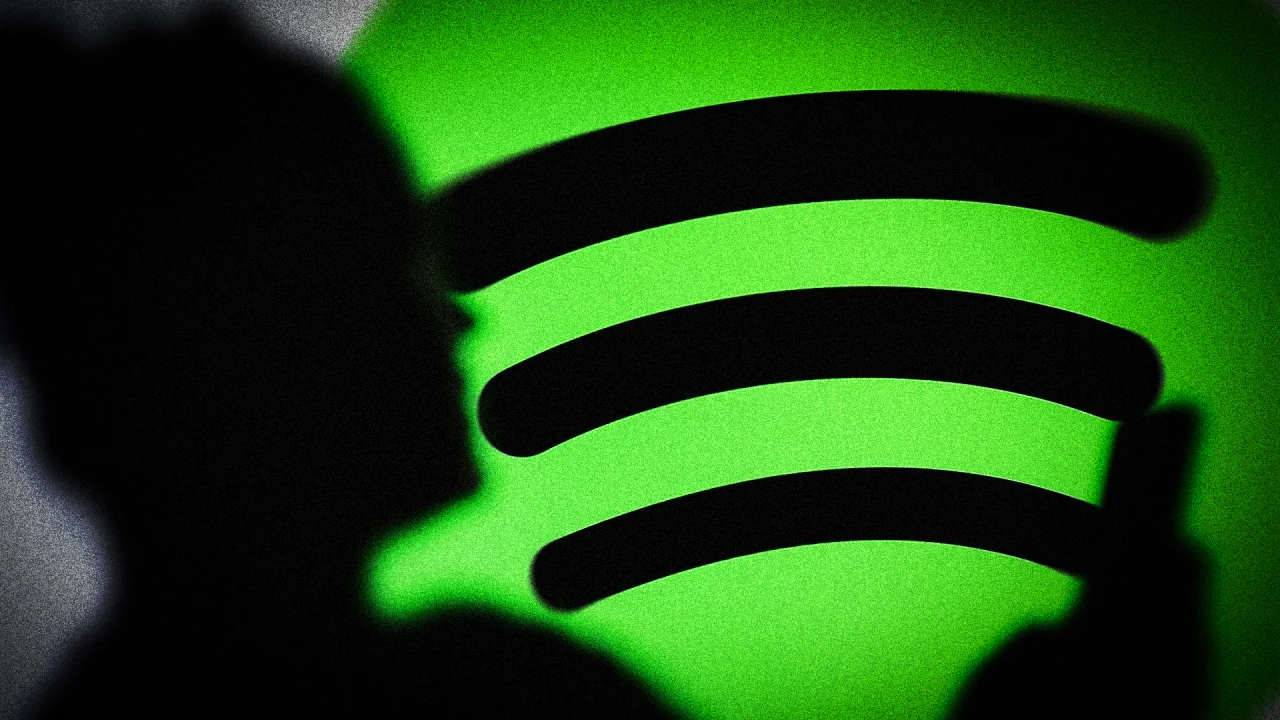


















































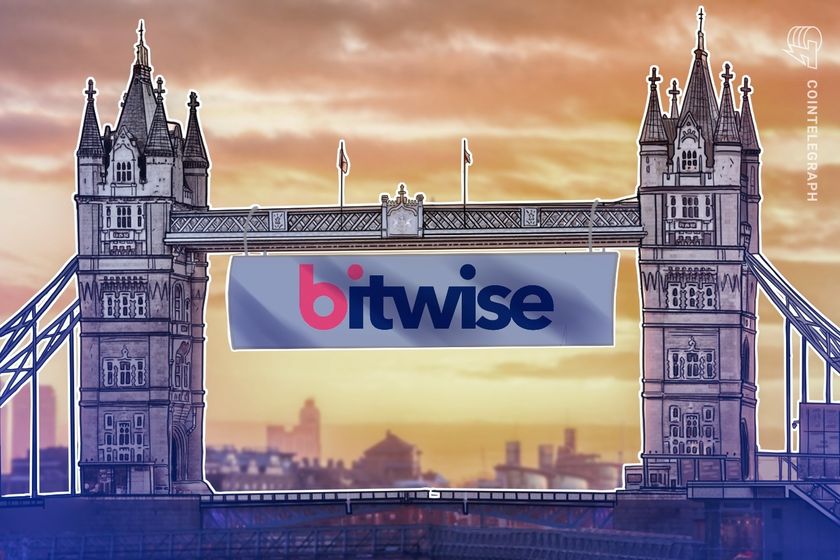























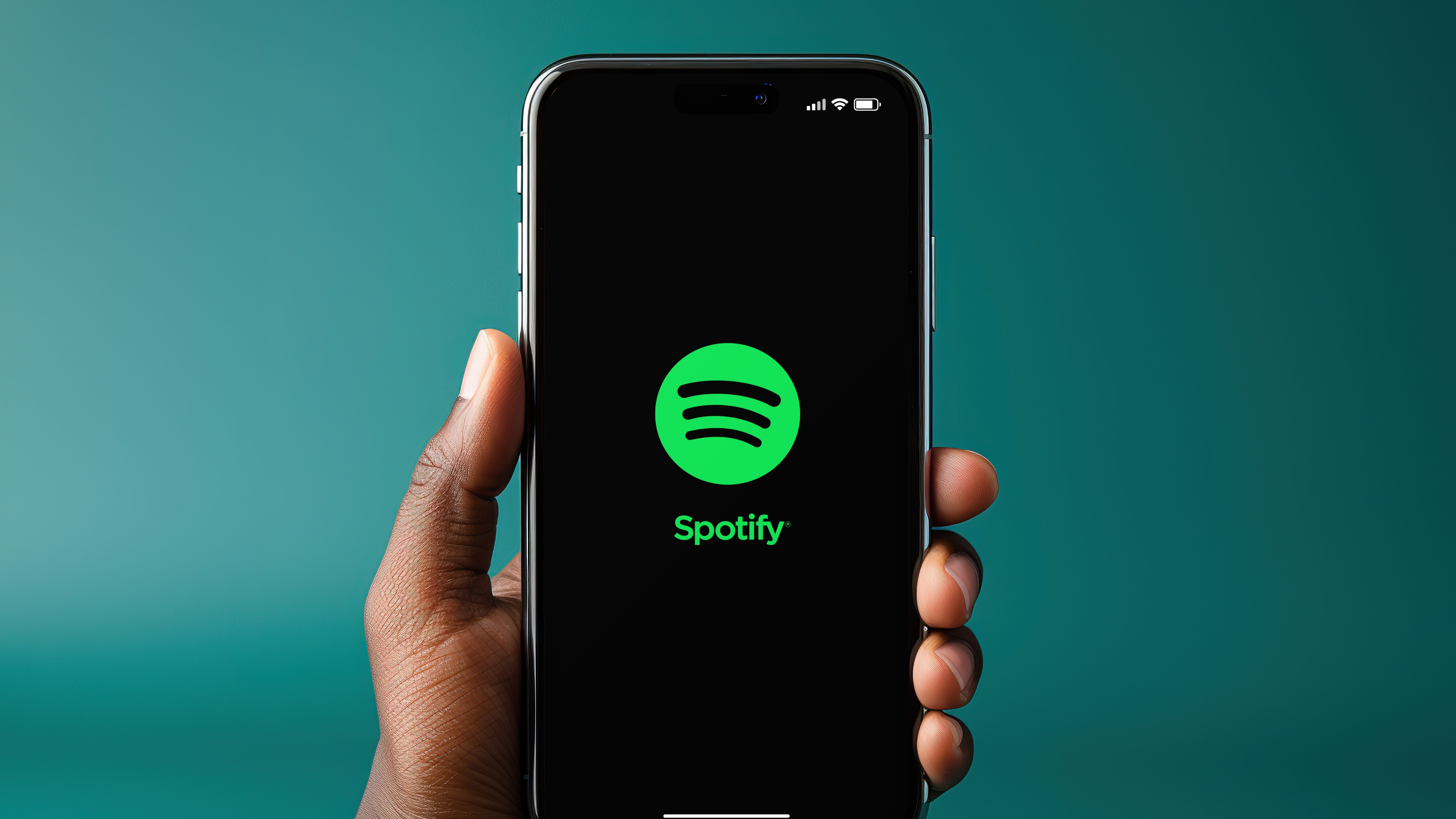

















































![How to Find Low-Competition Keywords with Semrush [Super Easy]](https://static.semrush.com/blog/uploads/media/73/62/7362f16fb9e460b6d58ccc09b4a048b6/how-to-find-low-competition-keywords-sm.png)



